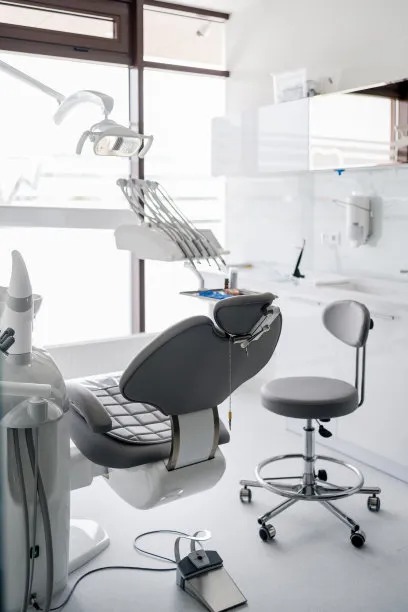The Essential Guide to Extracting a Tooth Safely and Effectively for Optimal Oral Health
Summary: Extracting a tooth can be a daunting experience, yet it is sometimes necessary for maintaining optimal oral health. This guide delves into the essential steps for safely and effectively conducting a tooth extraction. Well explore the reasons for tooth extractions, the preparation involved, the procedure itself, and post-extraction care. By understanding these key aspects, patients can approach this dental necessity with greater confidence and peace of mind. Ultimately, the goal is to ensure a smoother recovery and sustain overall oral health.
1. Reasons for Tooth Extraction

Tooth extractions may be necessary for various reasons, the most common being severe decay or damage. When a tooth is severely compromised, it can lead to infections that may impact nearby teeth and overall dental health. In such cases, extraction becomes essential to prevent further complications.
Another frequent reason for extraction is overcrowding. In some instances, patients may need braces or other orthodontic treatments that necessitate the removal of one or more teeth to create sufficient space in the mouth. This step ensures that remaining teeth can be aligned correctly for optimal bite and function.
Additionally, wisdom teeth extractions are a typical procedure for young adults. These third molars often emerge during late adolescence or early adulthood and can lead to pain and alignment issues. Removing them before issues arise can aid in preventing future dental problems.
2. Preparing for Tooth Extraction
Preparation for a tooth extraction is critical in ensuring a safe experience. First, the patient should consult with their dentist to discuss their medical history and any medications or supplements they are currently taking. This step helps the dentist identify potential risks and plan a suitable approach.
Moreover, patients may need to undergo diagnostic imaging, such as X-rays, to visualize the tooths root structure and surrounding bone. This information allows the dentist to strategize the extraction process effectively while minimizing discomfort and complications.
Lastly, the dentist may provide specific pre-operative instructions. These may include dietary recommendations, such as fasting before the procedure if anesthesia is involved, and guidelines for avoiding blood thinners to reduce the risk of excessive bleeding during extraction.
3. The Tooth Extraction Procedure
The extraction procedure begins with the administration of local anesthesia to numb the targeted area. This step ensures that patients feel minimal discomfort during the removal process. Depending on the tooths condition, sedation options may be discussed for those who experience dental anxiety.
Once the area is anesthetized, the dentist removes the tooth. For simple extractions, the dentist will use specialized instruments to loosen the tooth before gently pulling it out. In the case of surgical extractions, an incision may be made in the gum to facilitate access to deeper-rooted teeth.
After the tooth is extracted, the dentist will provide instructions for care and healing. This may include placing gauze over the extraction site to reduce bleeding and instructions on how to manage pain or swelling in the days following the procedure.
4. Post-Extraction Care Fundamentals
Post-extraction care is crucial for ensuring a smooth recovery and preventing complications. First and foremost, patients are advised to bite down on a gauze pad for 30 to 45 minutes after the extraction to control any bleeding. Its essential to follow this instruction closely during the initial recovery period.
Additionally, patients should avoid strenuous physical activities for a couple of days to minimize bleeding and promote healing. Resting allows the body to focus on recovery without extra stress.
Maintaining good oral hygiene is vital, but patients should be careful not to brush the extraction site for the first 24 hours. After this initial period, gentle rinsing with saltwater may help keep the area clean without dislodging any blood clots that have formed, which are essential for healing.
Summary:
Understanding the reasons, preparation, procedure, and post-extraction care associated with tooth extraction is vital for ensuring optimal oral health. By being informed, patients can manage their expectations and recovery effectively, ensuring their path to better dental health is smooth and trouble-free.
This article is compiled by Vickong Dental and the content is for reference only.


